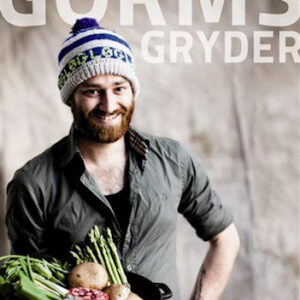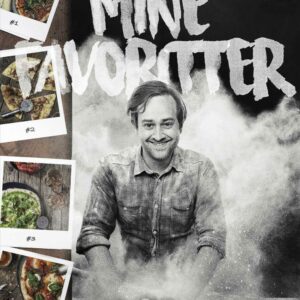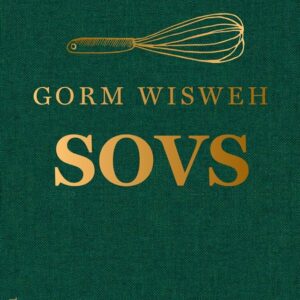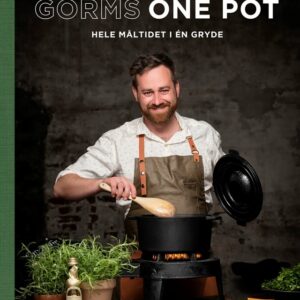Different meat types and cuts
in a nutshell
INTRODUCTION
Regardless of the animal and cut, it’s a good idea to rinse bloody meat briefly under a cold tap to prevent blood from entering the dish. It gives a dingy appearance and can turn the dish gray.
For many of the One Pot recipes, the meat must be browned first. This is important for building depth and flavor in your one pot. So remember the cooking rule, it also applies when we’re talking one pot: Heat the pot well. Add fat if the recipe calls for it. Place the meat evenly in the pan and DON’T mess around with it right away. Let it cook. And you should be able to hear it cooking, those little crispy popping sounds, not boiling bubble sounds, then your pan isn’t hot enough. If you start stirring right away, the pot and meat will cool down and you’ll just cook everything. We want beautiful and golden frying surfaces, and this is achieved with good heat, patience and a steady hand. Once you’ve got the crust out, it’s time to turn it down a notch or two, especially when it comes to one-pot dishes. Otherwise it will burn.
And then there are the beautiful, light dishes, such as my favorite, labskovs. Here, the meat must be cooked gently. And as with meat that is steamed, cooked and treated elegantly, the flavor is the same: flattering and beautiful.
MEAT TYPES
BEEF AND VEAL
- Fillet, striploin and, of course, sirloin are for quick dishes. It's also important that the meat doesn't get too much, or it will just become dry, gray and boring.
- Culotte, cuvette, inner thigh and lump are the medium-sized items that can tolerate a little more heat and simmering time, but they don't need to make the hour-long journey in the pot.
- On the other hand, breast, shank and tail are at the very heavy end of the scale. It takes a really long time, but uh, it's worth the wait.
For veal, the same rules of thumb apply as for beef, but remember that the calf is a young animal and therefore hasn’t built up quite as much connective tissue. So veal is generally quicker to cook and more tender than beef.
GREY
- Comb, ham and tenderloin are ready in a jiffy.
- Shank, neck and breast are great for spending time in the pan
- If you replace pork or lamb with wild boar, add a little to the cooking time. But do it! It's pretty damn good!
LAM
- Tenderloin and culotte are good cuts of the animal that tenderize quickly.
- The leg, shoulder, neck and shank are the good simmering parts of the animal.
- However, the leg of a good young animal can be used in quicker dishes, and the leg is generally the medium rare cut of lamb. That's why I often choose beef when oak is used to simmer lamb. I know it can and should be given time in the pan.
GED
- The same applies here as with lamb, but goat meat is a little leaner and often a little quicker to finish and tenderize in simmering dishes.
KYLLING
- Breasts are for quick dishes.
- Thighs are for simmering.
RABBIT
- The backs are for a quick turnaround and you don't want to overdo it or they will dry out. Treat them a bit like chicken breast on the bone, a slightly delicate piece of meat. Then you won't go far wrong.
- Thighs and legs can withstand a little time over the fire, just like chicken thighs can. However, many classic French recipes are a little heavy-handed with cuts when it comes to smaller animals like poultry and rabbit. For example, in a coq au vin, where the animal just needs to be cut into 4-6 pieces and then into the pot.
KALKUN
- I have yet to make one pot with turkey, I must admit, but I would of course use the breast in the quick dishes. On the other hand, I'm looking forward to my first one pot with cluck thighs. It's a super underrated ingredient that can take a bit of a beating and time in the pan.
